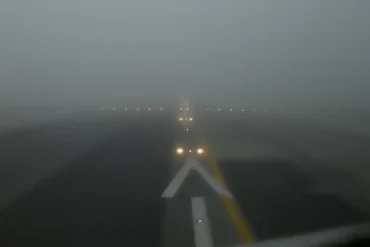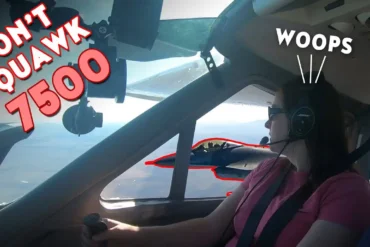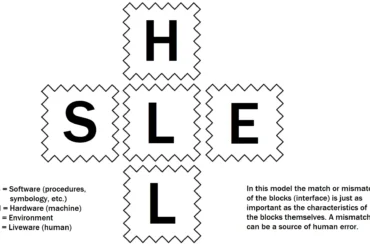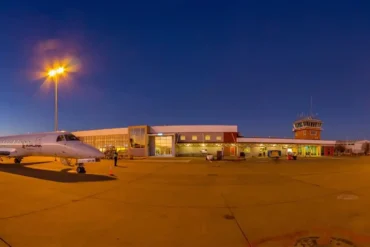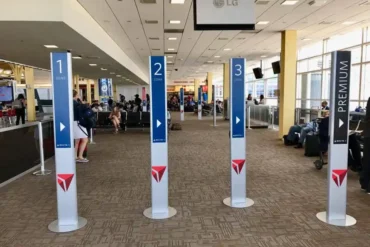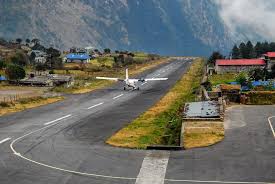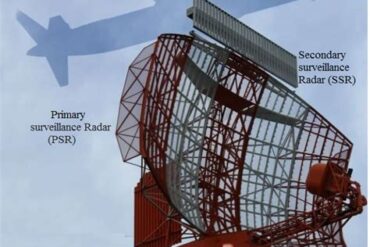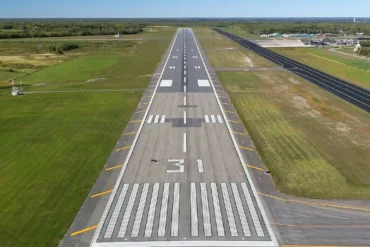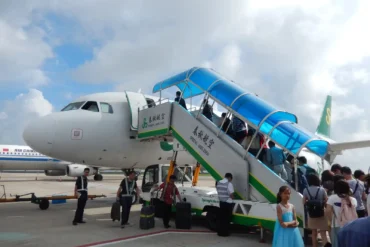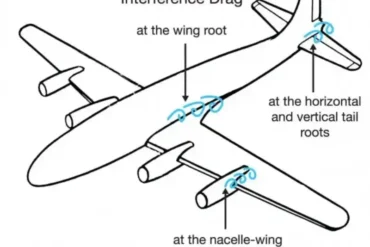Have you ever noticed those colorful, sock-like objects at airports? They’re called wind cones or windsocks, and they’re incredibly useful for pilots. These simple yet effective tools help pilots quickly figure out the approximate wind speed and direction before taking off or landing. Pretty cool, right?
Wind Cone Mechanics
Now, you might be thinking, “Don’t pilots have fancy gadgets for this?” Well, they do! Pilots can get weather updates from various high-tech sources like Airport Air Traffic Control (ATC) Service, Automatic Pilot Meteorological Response Service (PATWAS), Telephone Information Service (TIBS), Automatic Terminal Information Service (ATIS), Automated Surface Observation System (ASOS), and Automated Weather Observation System (AWOS). But here’s the thing: the humble windsock still plays a crucial role because it’s quick and accurate in showing essential information.
While those other sources give information through sound or text, the wind cone visually displays wind speed and direction. This means pilots can get this critical data with just a glance. It’s especially handy when technology decides to take a day off or when landing at airfields without ATC support. Talk about a reliable backup plan!
Wind Cone Color Palette
Now, let’s talk about fashion choices for windsocks. The Federal Aviation Administration (FAA) has some guidelines about this. They say windsocks shouldn’t have any markings or logos, but they can be quite colorful. You might see them in orange, yellow, or white. But wait, there’s more! The best wind indicators out there mix it up a bit. They might have alternating colors, like orange and white, or even sport stripes at different intervals. This isn’t just for looks – it’s to make them easier to spot.
Wind Speed Estimation
Here’s where it gets really interesting. Wind cones are clever little things. They start to align with the wind when it reaches just three knots (that’s about 3.5 mph). At this point, only the first part of the windsock unfurls. If you see the windsock pointing northeast, that means the wind is coming from the southwest or west. As the wind picks up, more of the windsock extends. At six knots, the second segment pops out; at nine knots, the third one joins the party; and at 12 knots, the fourth segment makes an appearance. When the wind hits 15 knots (about 17 mph) or more, the windsock goes full stretch and points in the opposite direction of where the wind is coming from. It’s like a visual wind speedometer!

Additional Specifications
The FAA doesn’t just care about colors; they’ve got some other recommendations too. They suggest windsocks should be either eight feet long with an 18-inch throat diameter, or 12 feet long with a three-foot throat diameter. The material needs to be water-repellent and resist fading – no washed-out windsocks allowed! The structure supporting the windsock should keep the fabric’s throat fully open when there’s no wind and allow it to pivot like a weather vane. Some windsocks even come with built-in lighting or internal illumination for nighttime visibility. These hardy devices are designed to work in temperatures from a frigid -67 degrees Fahrenheit (-55 degrees Celsius) to a scorching 131 degrees Fahrenheit (55 degrees Celsius), and they can handle wind speeds up to 75 knots (that’s 86 miles per hour). Talk about tough!

